Upon marking 50 years of the reunification of Jerusalem, the Israel Antiquities Authority (IAA) and the Israel Nature and National Parks Protection Authority discovered evidence of the last battle for the city from 2,000 years ago; the battle that occurred on the eve of the destruction of the Second Temple.
Excavations conducted on a central street near the gates of the city and in the vicinity of the Siloam Pool, funded by the “City of David” association (ELAD), revealed arrow heads and catapult stones, which tell the story of the battle between the Romans and the Jewish rebels, at the end of which, Jerusalem was destroyed. These findings were described by the historian Josephus Flavius: “The next day the Romans defeated the bandits from the lower city and set everything on fire up to Siloam.”
According to Nachshon Zanton and Moran Hajabi, the excavation directors of the Antiquities Authority, “Josephus’ accounts of the battle in the lower city are fleshed out by the evidence that was revealed in the area in a clear and chilling manner.” The excavation revealed stones fired by catapults that shelled Jerusalem during the Roman siege of the city. We also found arrowheads used by the Jewish rebels in the fierce battles against the Roman legions, just as Josephus describes.”
To date, a section of a 100-meter-long street, paved with large stone slabs, has been uncovered in excavations, as was customary in monumental construction throughout the Roman Empire. The Antiquities Authority said that the archeological excavations on the street combine advanced research methods, the results of which have so far strengthened the understanding that King Herod the Great was not solely responsible for the large construction projects of Jerusalem at the end of the Second Temple period. Recent studies indicate that the street was built after Herod’s time, under the patronage of the Roman procurators of Jerusalem, and probably in the time of the Roman procurator Pontius Pilate, also known as the one who condemned Jesus Christ to be crucified.
“2000 years after the destruction of Jerusalem and 50 years since its liberation,” said the archaeologists, “we return to the water wells, to the market and the square of Jerusalem on the eve of its destruction. Naomi Shemer certainly did not conceive that we would re-discover the Jerusalem of the Second Temple.”
Dr. Yuval Baruch, an archaeologist of the Jerusalem area at the IAA, revealed future plans, saying, “We intend to expose the entire length and width of the street within five years, thus completing the excavation of this unique site that drew the attention of archaeologists worldwide about 100 years ago. When the excavations are over, the remains of the street will be preserved, and it will be developed and prepared to accommodate tens of thousands of visitors who will walk alongside it,” he said.
(Translated and edited by N. Elias)


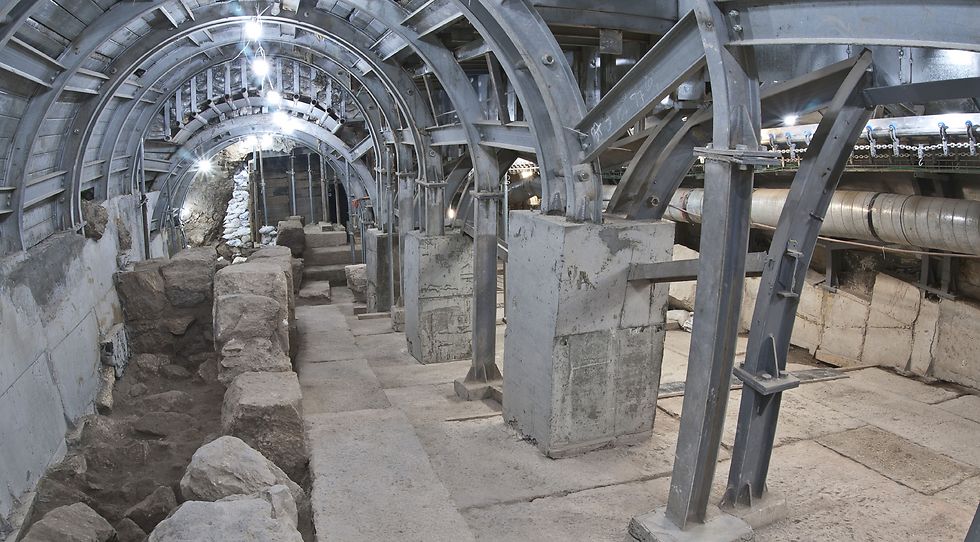

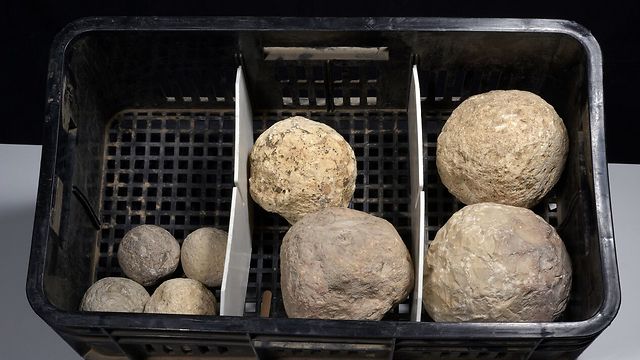
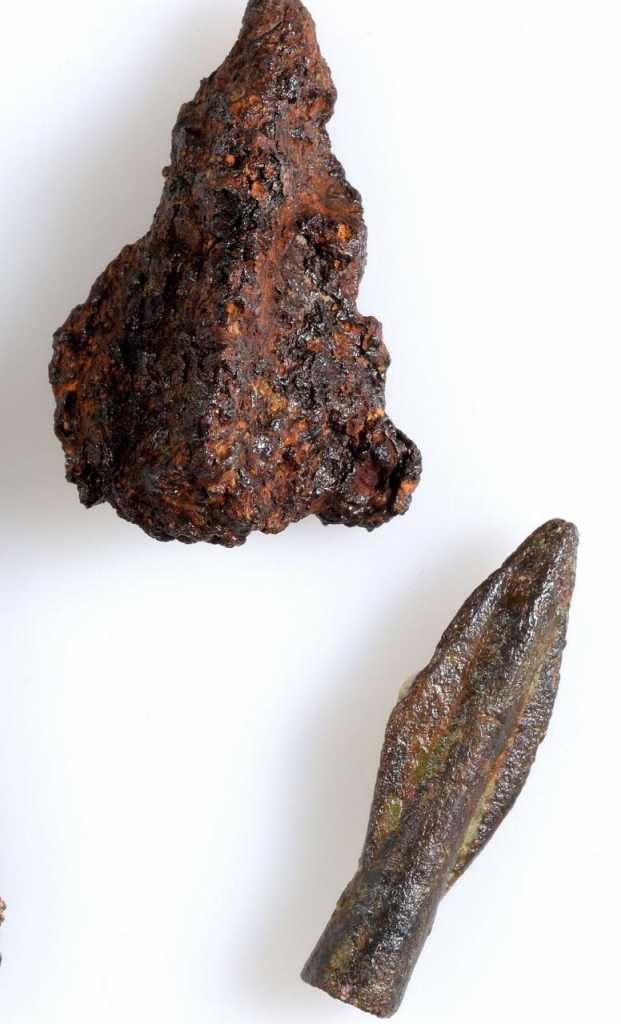
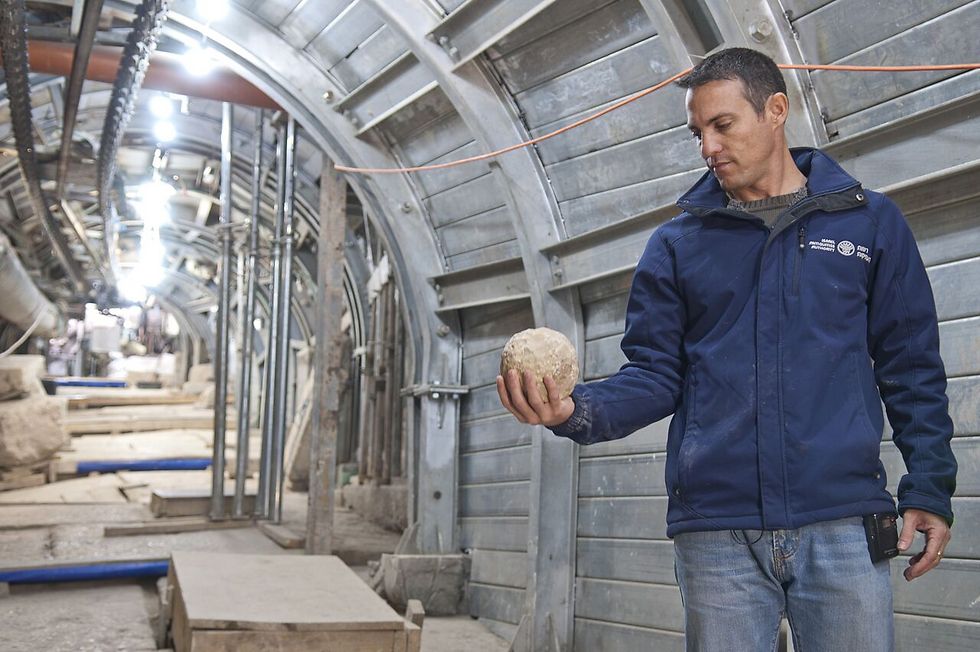
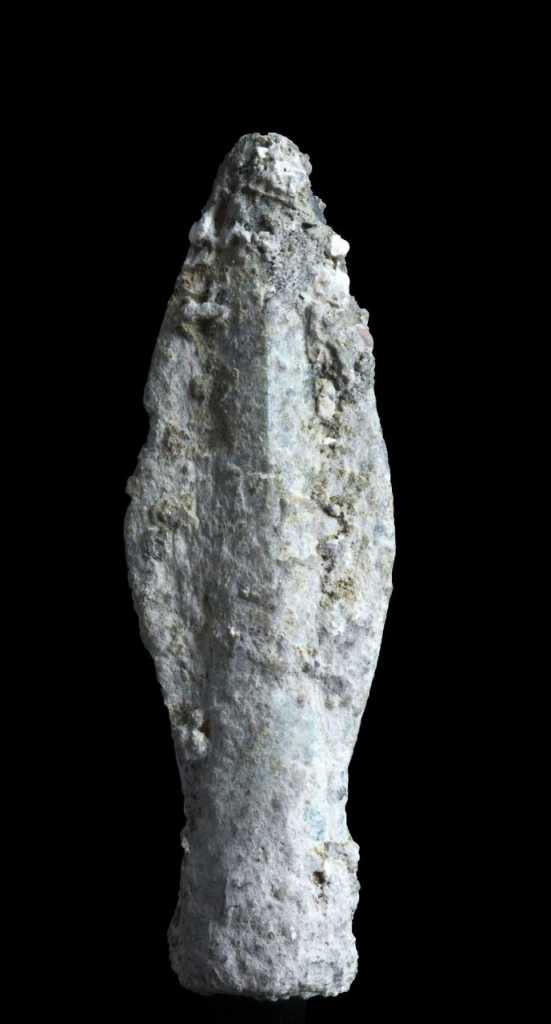
Artículos Relacionados: